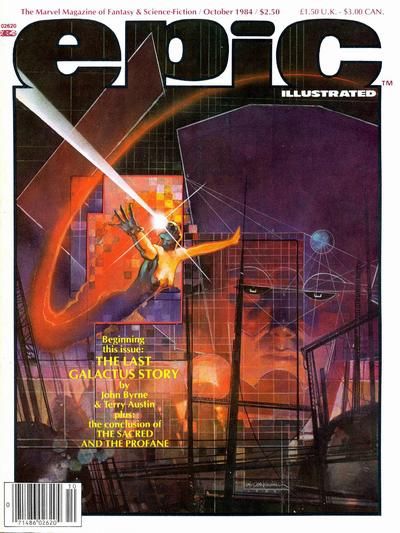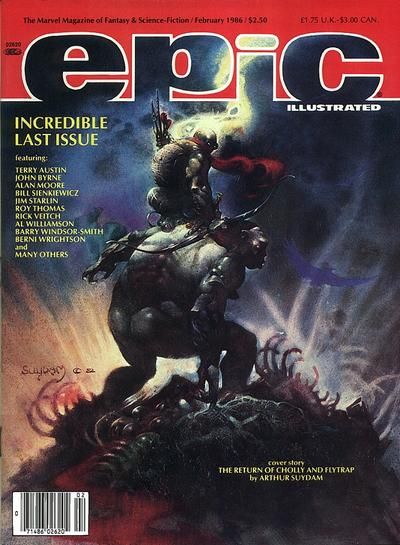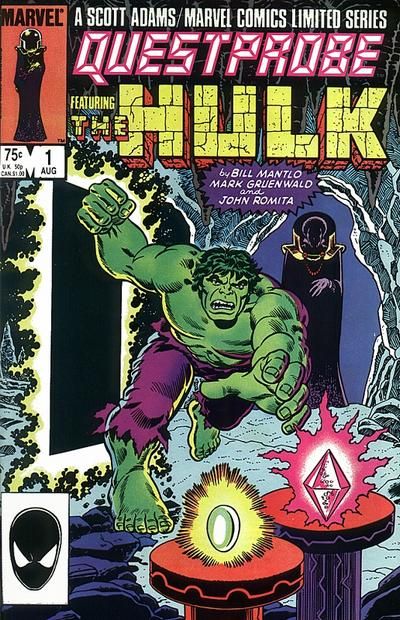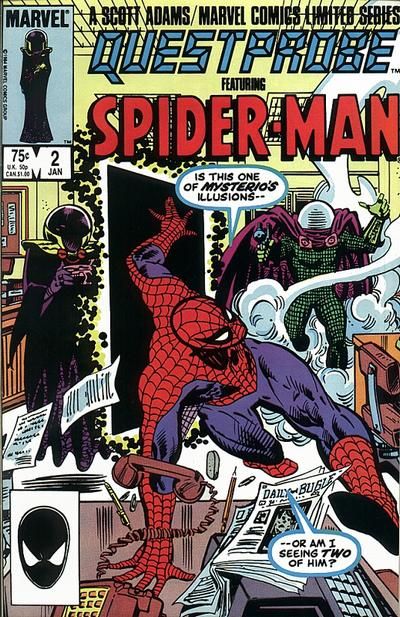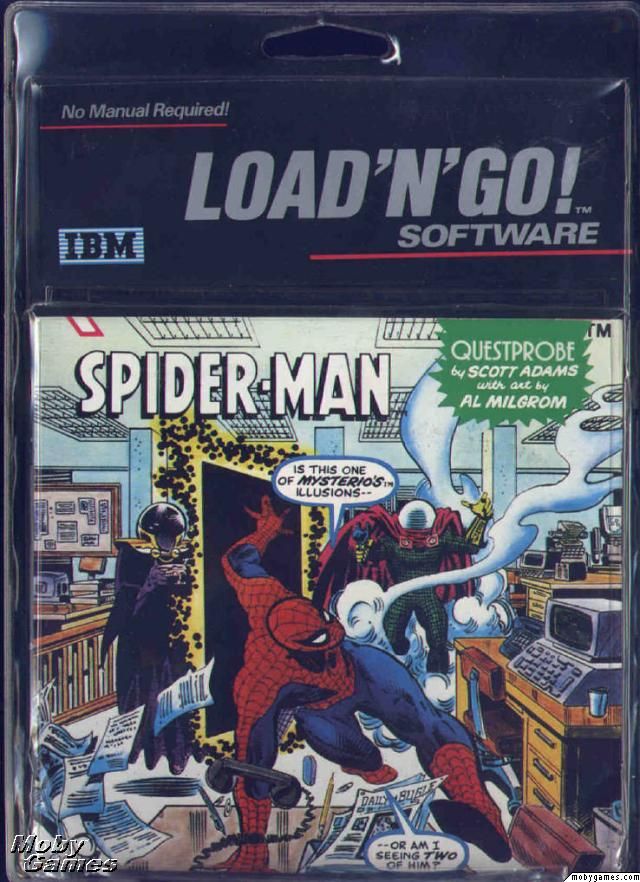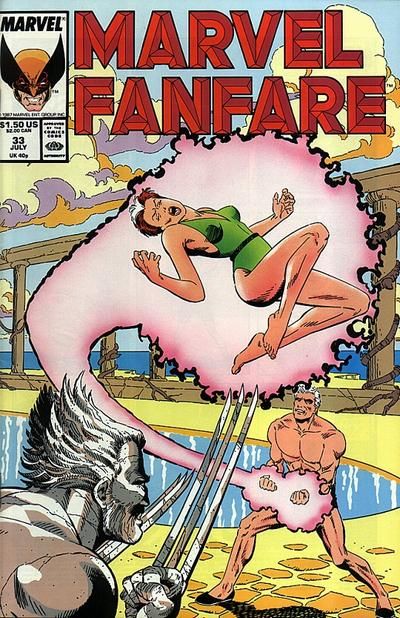This is the seventy-first in a series of examinations of comic book urban legends and whether they are true or false. Click here for an archive of the previous seventy. Click here for a similar archive, only arranged by subject.
Let's begin!
COMIC URBAN LEGEND: DC licensed characters for use in alcoholic drink mixes.
STATUS: False
Reader Mark Carroll wrote in to ask me about a rumor he had heard that DC had licensed some of its characters for alcohol drink mixes.
I looked into it, and what Carroll is referring to was actually a recent trademark law case from last year, where DC went before the Trademark Trial and Appeal Board to oppose a trademark, Kryptonita, for use as an alcoholic drink mix.
John Welch's awesome blog devoted to the current happenings of the Trademark Trial and Appeal Board had a great account of the situation on his blog, along with a colored version of the ad for Kryptonita.
Last year, DC opposed the trademark for Krypyonita (which is simply Spanish for Kryptonite) by Pan American Grains, which was a "prepared alcoholic fruit cocktail."
Welch describes the resolution:
DC Comics proved that the mark KRYPTONITE, registered for t-shirts and toys, has also been licensed for use with food products: Kraft® macaroni and cheese ("It Sure Beats A Bowl Of Kryptonite") and Diet Coke® ("Caffeine Free. Kryptonite Free."). The Board found that the goods of the parties are related since "consumers recognize that, in the general marketing environment, merchandising marks are used to identify a variety of goods and services."The Board also found that KRIPTONITA is Spanish for "kryptonite." And it ruled that, although DC Comics failed to prove that its mark is famous, KRYPTONITE is a coined word entitled to a "broader scope of protection."
To make things worse, Applicant's proposed label (see below) for its product features a green, glowingcrystal-like rock that, according to Opposer's witness, "appears to be on a snowy background, which is like Superman's arctic fortress where he would hide from Kryptonite."
Applicant admitted that, at the time of filing, it was aware of the mark KRYPTONITE in association with the Superman character, and that it knew KRIPTONITA is the Spanish word for kryptonite (Pan American Grain is a Puerto Rican company).
Man, Superman sure is aggressive with his trademarks!
COMIC URBAN LEGEND: Marvel has never intended to publish the final chapter to "The Last Galactus Story" serial that ran in Epic Illustrated magazine.
STATUS: Basically True
Reader Tom Fitzpatrick asked me awhile back, "Marvel has never intended to publish the final chapter to "The Last Galactus Story" serial that ran in Epic Illustrated magazine. True or False?"
For the answer to this, I turn yet again to Scott Braden's excellent series of columns from Overstreet's Fan, specifically his column on, well, "The Last Galactus Story."
As you may or may not know, "The Last Galactus Story" by John Byrne ran as a serial in the magazine format Epic Illustrated anthology, starting with issue #26.
The only problem is, the series ended with issue #34, so only nine parts of the serial were published.
Now, here's where the "basically" part comes from. The story was set to be collected once it was finished, but since it did not finish, Marvel was not going to collect it.
Here is Byrne on the topic (as quoted by Braden)
"We ran nine episodes in Epic Illustrated and it still wasn't enough to save the book," Byrne remembers, "so it was canceled. Then, of course, there was essentially nowhere else to put it. I kept promising myself that one of these days I would finish it as a story in the Fantastic Four, but I left the book and felt it was no longer my prerogative to deal with those characters since they weren't 'my' characters any more. Marvel, in one of their Marvel Universe entries, declared that story to be imaginary and I said, 'Well, jeez, I don't work on imaginary stories (laughter),' or I didn't in those days. So it languishes in comic book oblivion, or wherever the 'comic book stories that never get done' go."
So no, since they did not find a new book to continue the story in, it appears as though Marvel did not intend on publishing the last part of the story.
Luckily for us, Byrne shared with Braden (and also on his board's FAQ, check it out here)
how he was going to end it, with the end result being that, according to Byrne (as quoted by Braden)
We get to the end and he battles a Rogue Watcher, who is actually the same Watcher present when Galactus first appeared. This was the same Watcher who didn't do anything to stop Galactus from being created and who's consumed with guilt. So what the Rogue Watcher was trying to do was move an entire galaxy away from Galactus and hide it, so that at least one would be spared."How could the Rogue Watcher do this? Byrne came up with the idea that by focusing the collected stars' energy into the galaxy's core, the Rogue Watcher would then be able to propel the galaxy away from Galactus. Byrne explained, "The Rogue Watcher was taking the stars of the galaxy and moving them so as to create a tunnel effect through it's core. And if you believe a word of this, you've been reading far too many comic books (laughter)!"
"Galactus then battles the Rogue Watcher," Byrne continues. "It's almost at the end of the universe; all the entropy has worked up to its full vigor and the universe is running down. In order to defeat the Rogue Watcher, Galactus finally consumes every last shred of energy that is in the universe. Galactus becomes the final repository of all energy in the universe. He then cracks the seal on his helmet, takes his helmet off, and all the energy that he's stored up explodes out of him. He becomes the big bang of the next universe, with Nova becoming the Galactus of that universe. I don't write small stories, you know (laughter)!!"
Sounds like a fun story - to bad we won't ever see it.
COMIC URBAN LEGEND: Marvel published a game tie-in years after the company that made the game was defunct.
STATUS: True
Scott Adams (not the guy from Dilbert) invented the first text adventure computer game for use in home computer systems. The system is essentially an "interactive text-command adventure system." If you have ever seen the film, Big, the comic book video game that Tom Hanks' character is working on is basically what Scott Adams' games were - only Adams did them in the late 70s!
In 1984, Adams' company teamed up with Marvel Comics to create a series of text adventure computer games called Questprobe, starring Marvel characters. They were planning twelve games in all, so Marvel began working on comic book tie-ins.
The comics, while being able to stand on their own (for the most part, even though there is a Chief Examiner character invented to tie the books together), also worked as introductions to the game.
The first issue, in 1984, featured the Hulk.
The second issue featured Spider-Man. Here is how the games were packaged:
If you note the date, 1984, you might realize the problem, as that was right in the midst of a big changeover in home computers and game consoles, and the change quickly made games like Questprobe obsolete.
Adams went into bankruptcy in 1985, midway through the fourth game, which was to feature the X-Men.
Well, meanwhile, Al Milgrom had a title, Marvel Fanfare, that wasn't exactly living up to its title. Intended as a showcase series for big-name creators to do whatever they wanted with Marvel characters, it slowly turned into a book where you could burn inventory stories.
In 1987, one of those inventory stories was published - the X-Men tie-in comic for Questprobe!!
The most amazing thing about it, though, is that writer Mark Gruenwald didn't even stop THERE, as years later, he revived the main character throughout the stories as a nemesis in Quasar.
Well, that's it for this week, thanks for stopping by!
Feel free to drop off any urban legends you'd like to see featured!!



